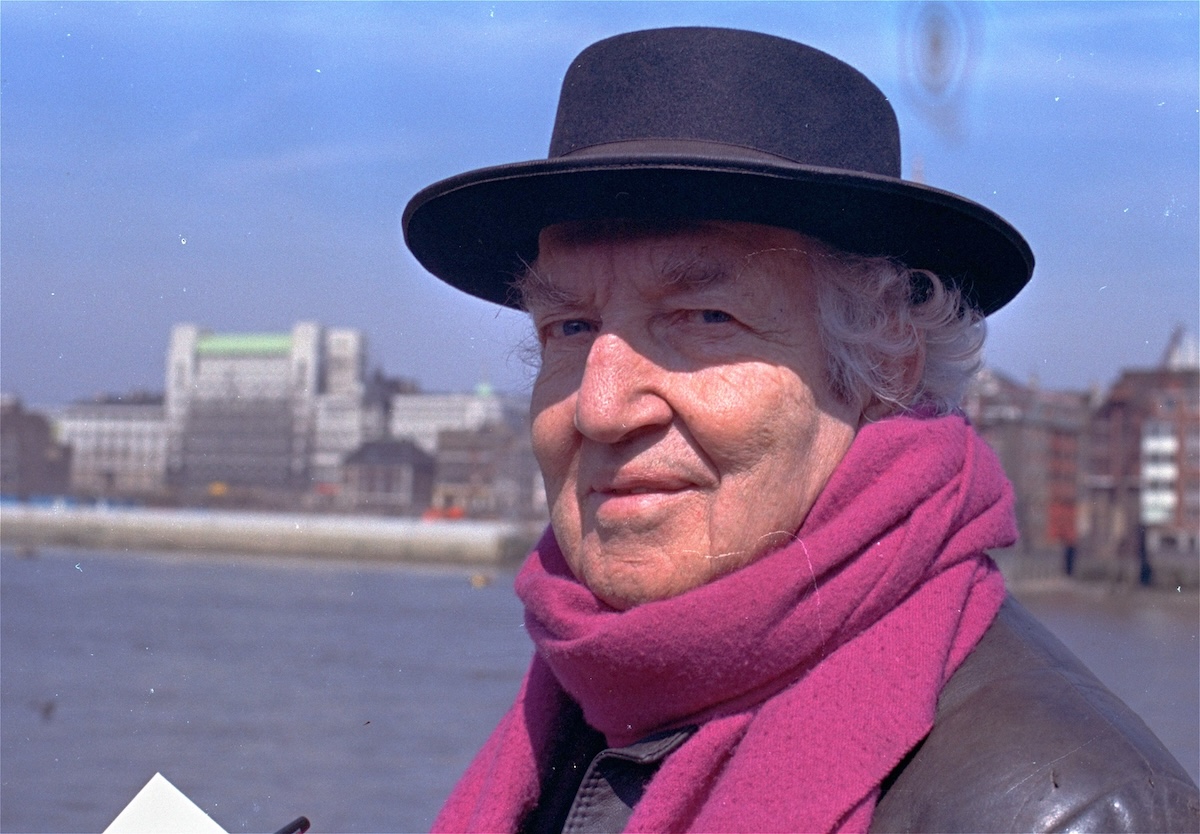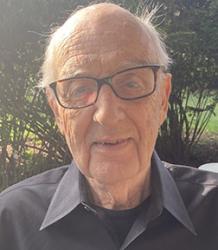This year marks the 95th anniversary of the book that for many solidified the view that World War I dealt a deadly a blow to European culture: Robert Graves’ Goodbye to All That. His was one of a spate of books reflecting the disillusion with the war and its consequences, all of which appeared over a two-year period, 1928–1930: Vera Brittain’s Testament of Youth, R.C. Sheriff’s play Journey’s End, and the most famous: Erich Remarque’s All Quiet on the Western Front. Graves’ book is still in print, and other than Remarque’s it is one of the few still read today. Goodbye remains fresh and quirkily readable, and in the words of the literary critic Paul Fussell, it’s “the best memoir of the First World War.’
Goodbye was written over four months in 1928. It was inspired by Laura Riding, his lover who had been living with him and his wife in a bizarre ménage à trois throughout the early 1920s. She convinced him that, if he wanted to move on in his life and grow as a writer he had to say goodbye to his past, especially the war. When Goodbye appeared in 1929, it was a financial success and enabled Graves and Riding (his wife had left him by this time) to move to the island of Majorca. A second edition in 1957 brought Graves further success and included the story of his relationship with Riding, which had been left out of the first version.
What Graves produced was something more than an autobiography dealing with the ghastly nature of World War I: it was also an eccentric portrait of Edwardian society with all its quirks, including small biographies of the famous authors Graves had met (and he appears to have met or known just about every important English literary figure of his time)—Edith Sitwell, Thomas Hardy, John Masefield, even the mountain climber George Mallory, whose love of mountaineering Graves shared.
Among these portraits, that of T.E. Lawrence (“Lawrence of Arabia”) stands out. In a few pages, Graves makes that strange character come alive. He met Lawrence after the war when Graves returned to Oxford to take up a fellowship. Graves describes him as short and vain with a tendency to stand on the fireplace grate to make himself appear taller. They formed an odd friendship and talked mostly about poetry and rarely about the war or the Arabian campaign, which Graves writes he knew little about. Graves would later compose one of the first serious biographies of Lawrence, Lawrence and the Arabian Adventure, which perpetuated some of the myths about him first spelled out by the American reporter Lowell Thomas.
Graves joined the Royal Welch Fusiliers at the outbreak of the Great War as a first lieutenant. He served at the front for two years until he was wounded at the Battle of Somme, the bloodiest British campaign of the war, one in which the British suffered 59,000 casualties, including 19,000 dead on the first day. He was shot in the thigh, cheek, and most seriously in the lungs. He was left for dead in a dressing station, and his commanding officer even wrote a letter to his parents, telling them that he had died, describing him as “very gallant … and a great loss.”
Yet Graves survived: he was found breathing among the dead and records his survival with the same mix of shock and humor that he treats the war. Graves’ discussion of the conflict is similar to the other antiwar volumes but offers an offhand, undramatic way of dealing with it. For instance, he writes: “There was no patriotism in the trenches. A new arrival who talked patriotism would soon be told to cut it out.” For most public school types who happily volunteered in 1914 or ’15, the war was as much about testing oneself as it was an act of patriotism. Most of the soldiers talked about getting a “cushy,” a minor wound that would send you home.
Graves was not an adherent of the “Lions Led by Donkeys” school of World War I history. He admires the junior officers tremendously, finding them to be brave and loyal to the men. Nor does he hate the Germans. If he is critical of anyone it is the French. He told his parents that he found it very difficult to love the French. The French civilians overcharged the English soldiers for food, and what is worse, he writes, they watered the beer directly “from canal with a horse-pipe.” One of his fellow officers says he would never fight in a war again unless it was against the French.
“There are no atheists in foxholes” goes the old saw. Perhaps. But there was very little religion in these trenches. Graves, who had lost his faith in God during his public school days, writes that the soldiers had “no respect” for the Church of England regimental chaplains. They stayed behind during the fighting, one even preaching on, of all things, the “commutation of tithes” before the battle began. An exception was made for the Catholic padres who went to the battle scenes so they could give extreme unction to the dying. He particularly admired a Catholic priest who, after all the officers has been killed, “stripped off his black badges” and, taking command of the survivors, held the line.
Among other things, Graves writes offhandedly of seeing ghosts of men he knew walking around his trench waving to him. He hated the rats: he woke up once to find one next to him eating part of a corpse. He constructed an elaborate formula for taking risks. To kill a German sniper, he would take a 1 in 5 chance. To save a German life in No Man’s Land (the area between opposing armies and trench lines), the odds were 1 in 20.
Graves claims he only once refused to shoot an enemy soldier—through his rifle scope he saw a German soldier taking a bath. “I somehow did not like the idea of shooting a naked man,” a scene reminiscent of George Orwell in Homage to Catalonia relating that he couldn’t shoot an enemy soldier taking a bowel movement. (One wonders if that is where Orwell got the idea for the scene.)
After he had recovered from the wounds suffered at Somme, Graves returned to the front in 1916 but found he was no longer a dependable soldier. Suffering from battle fatigue, he was given an administrative post and served the rest of the war in England.
The last six chapters of the book deal with Graves’ experiences at Oxford and later as a teacher in Egypt. They lack the vividness and quirky detail of the war sections and have a kind of flat quality to them. He returned to England in 1928 and wrote Goodbye in eight weeks that year following the advice of a friend that your best friend is the wastebasket.
Graves always believed that his best work was his poetry, although it does not appear in the academic canon in high school or college anymore. In the mid-1930s, he wrote a popular novel, I Claudius, which was a success but would gain greater fame as a television serial in Britain and America in the 1970s. With his friend Alan Hodge, he also wrote an idiosyncratic social history of England between the wars, The Long Week-End. He borrowed the “camera eye” concept from the American John Dos Passos to paint a picture of the oddities and frivolities of England in the 1920s and ’30s as the nation tried to forget the war: outrageous clerics, silly dance crazes, nudism, etc.
Goodbye to All That isn’t the first book to deal with the disillusion that followed World War I, the belief that a great civilization sent the best young men of their generation to their deaths in a cause that was anything but noble. That record belongs to Dos Passos’ Three Soldiers, published in 1921. It has the same quality of disgust with the war and the leaders who sent the soldiers to their death. H.L. Mencken argued that Thee Soldiers changed the tone of writing about war, “deposing of oceans of romance and blather.” I would argue that Goodbye to All That did that and more; it captured the war in imaginative, often shocking detail, but with a sense of humanity. No wonder it remains a classic of its type.

